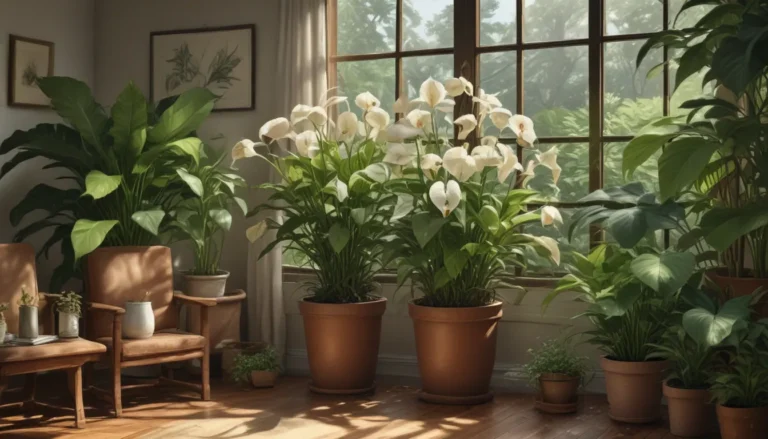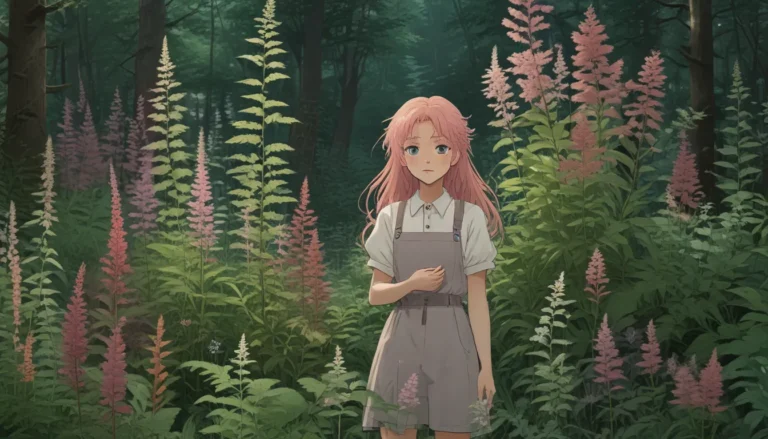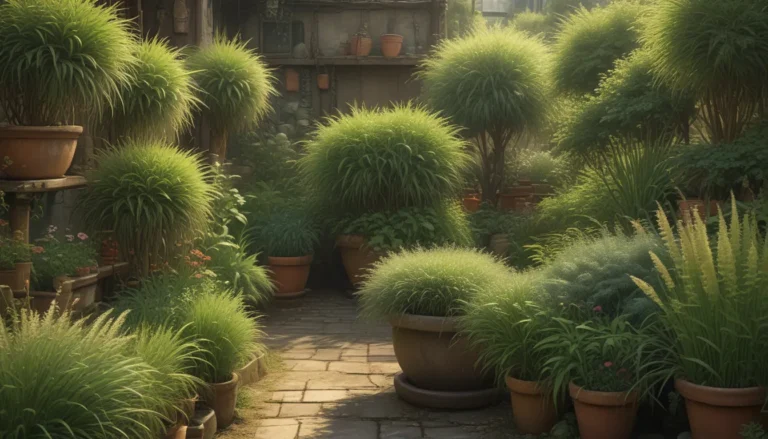A Comprehensive Guide to Common Orchid Problems and Solutions

Orchids are truly magical plants that captivate us with their stunning flowers. As gardeners, we put a lot of effort into cultivating these beauties in the hopes of enjoying their magnificent blooms.
However, it can be disheartening to encounter issues that prevent our orchids from thriving, such as lack of flowering or changes in leaf color and texture. These problems make it challenging to maintain these delicate plants.
In this comprehensive guide, we will explore 13 common orchid issues and provide practical solutions to help you keep your orchids healthy and thriving for years to come.
Identifying and Resolving Orchid Problems
When you notice something amiss with your orchid, it is crucial to act promptly to address the issue. Timely intervention significantly increases the likelihood of successfully resolving the problem. Let’s delve into some common orchid problems and their solutions:
1. Bad Smell
If your orchid emits a foul odor reminiscent of spoiled fish, it may be suffering from bacterial spot. This condition is caused by bacteria such as Erwinia spp. and Acidovorax spp. and is characterized by brown spots on the leaves.
Unfortunately, bacterial spot is incurable, and the affected orchid must be disposed of to prevent the spread of the disease. To prevent future infections, practice good gardening hygiene and be cautious with watering practices.
2. Brown Leaf Tips
Brown, crispy leaf tips can indicate overfeeding or the use of mineral-rich municipal water. To prevent this issue, opt for diluted, low-strength fertilizer and use rainwater, distilled water, or filtered water. Flushing the potting medium periodically can help remove mineral buildup and preserve the health of your orchid.
3. Brown Leaves and Pseudobulbs
Exposure to low temperatures, even briefly, can cause cold injury to orchids. Symptoms include dark, dry leaves or water-soaked spots on the leaves and pseudobulbs. Ensure your orchids are protected from cold drafts and monitor their environment to prevent cold-related damage.
4. Brown Sunken Splotches
Sunken brown spots on orchid leaves can result from exposure to cold temperatures below 45°F or the presence of anthracnose, a fungal disease. Avoid exposing orchids to extreme cold, isolate them from potential sources of infection, and use preventive measures such as copper fungicide to safeguard their health.
5. Bud Blast
Bud blast, where developing flower buds prematurely drop off, can be caused by various factors such as environmental stress, incorrect watering, inadequate light, or pest infestations. To prevent bud blast, ensure your orchids receive appropriate care and a conducive growing environment.
6. Curling Leaves
Leaves that curl or twist may indicate stress from underwatering, genetic traits in certain orchid species, or the plant’s attempt to reach for light. Ensure proper watering practices and adequate lighting to maintain the health of your orchid.
7. Dropping Foliage
Yellowing, pale foliage that drops from the plant may signal nutritional deficiencies, compacted potting medium, overwatering, or root rot. Investigate the root health of your orchid and address any underlying issues to restore its vitality.
8. Pleated Leaves
Accordion-like pleating of orchid leaves can result from insufficient moisture, low humidity, or root uptake problems. Repotting the orchid in fresh medium, increasing humidity levels, and adjusting watering frequency can help alleviate pleating issues.
9. Spotting
Spots on orchid leaves, buds, or flowers can be attributed to diseases such as botrytis, phyllosticta leaf spot, or mechanical damage. Maintain good airflow, water at the soil level, and apply appropriate fungicides to prevent and manage spotting issues effectively.
10. Strange Patterns
Unusual leaf or flower patterns in orchids may indicate viral infections like odontoglossum ringspot virus or cymbidium mosaic virus. Isolate infected plants to prevent spread and dispose of severely affected specimens to protect your orchid collection.
11. Wilting
Wrinkling and wilting foliage suggest chronic overwatering or underwatering, which can lead to root issues and poor plant health. Assess root condition, address watering practices, and repot the orchid to promote root recovery and new growth.
12. Wrinkled Leaves
Wrinkled leaves are often a sign of inadequate watering, root rot, or disease. Differentiate between underwatering and overwatering symptoms, inspect root health, and adjust watering routines to revive your orchid.
13. Yellow Splotches
Yellow splotches on orchid leaves indicate direct sun exposure, potentially causing leaf burns. Reevaluate your orchid’s lighting conditions, move it to a less intense location, and monitor the development of new, healthy leaves.
Conclusion
By identifying and addressing common orchid problems promptly, gardeners can ensure the continued health and vitality of these fascinating plants. Regular inspection, proper care, and timely interventions are key to maintaining beautiful, thriving orchids.
If you encounter challenges with your orchids, refer to this guide for helpful solutions and guidance. Remember, each orchid species has unique needs, so tailor your care practices to suit your plant’s specific requirements.
Your journey with orchids is an ongoing learning experience. To deepen your knowledge and appreciation of these extraordinary plants, explore additional resources and guides on orchid care and cultivation. Happy orchid growing!
Incorporate these strategies to create a comprehensive and informative article that resonates with your audience. By addressing common orchid problems and solutions in detail, you provide valuable insights and guidance to readers seeking to enhance their orchid care practices. Happy writing!





